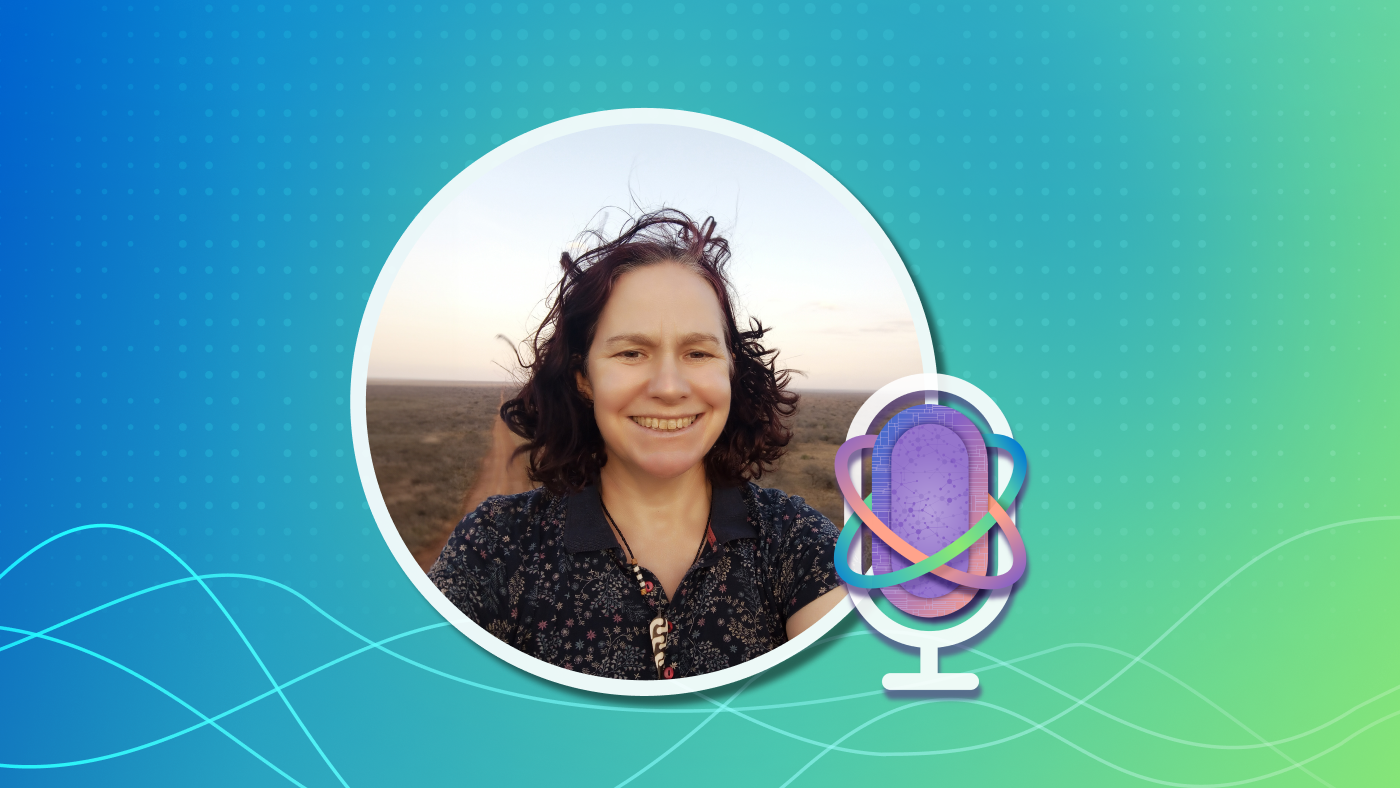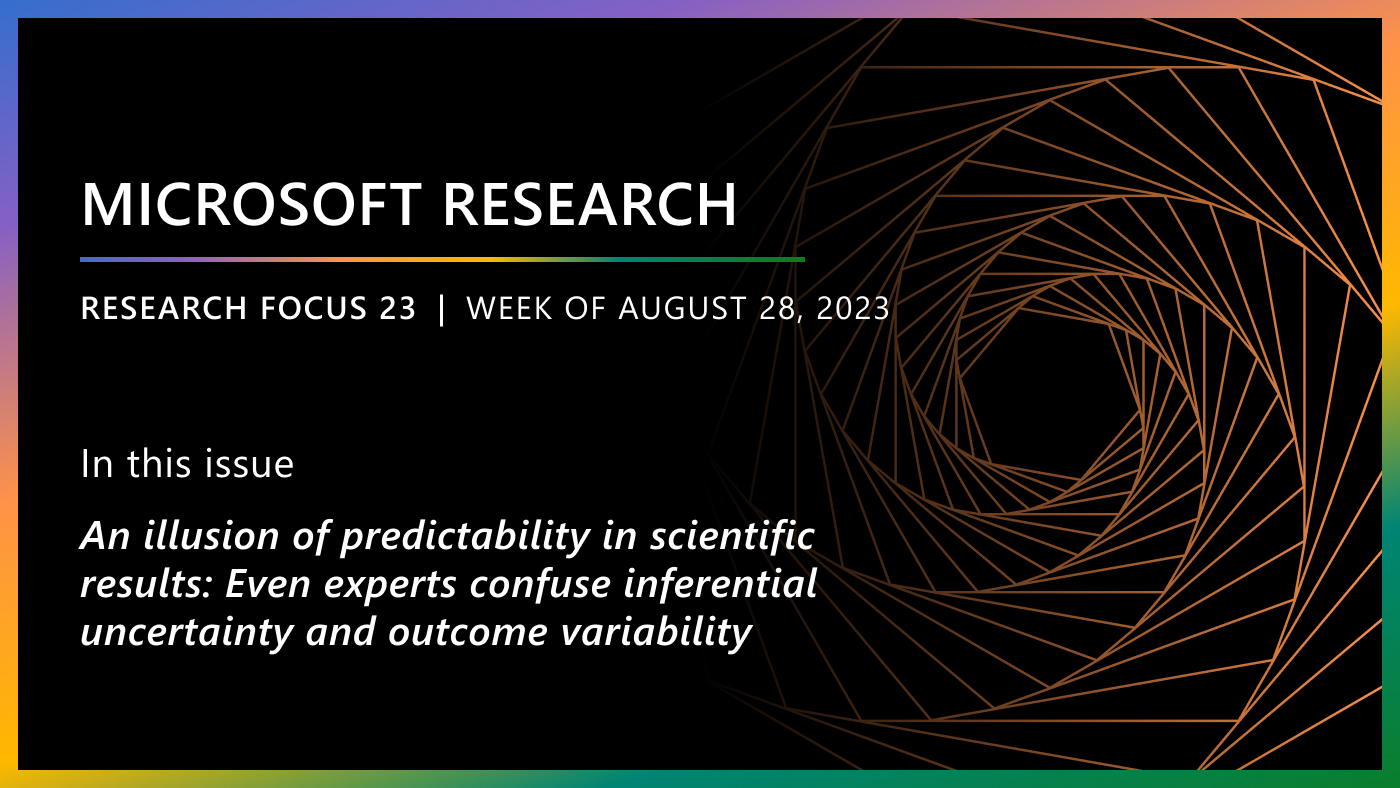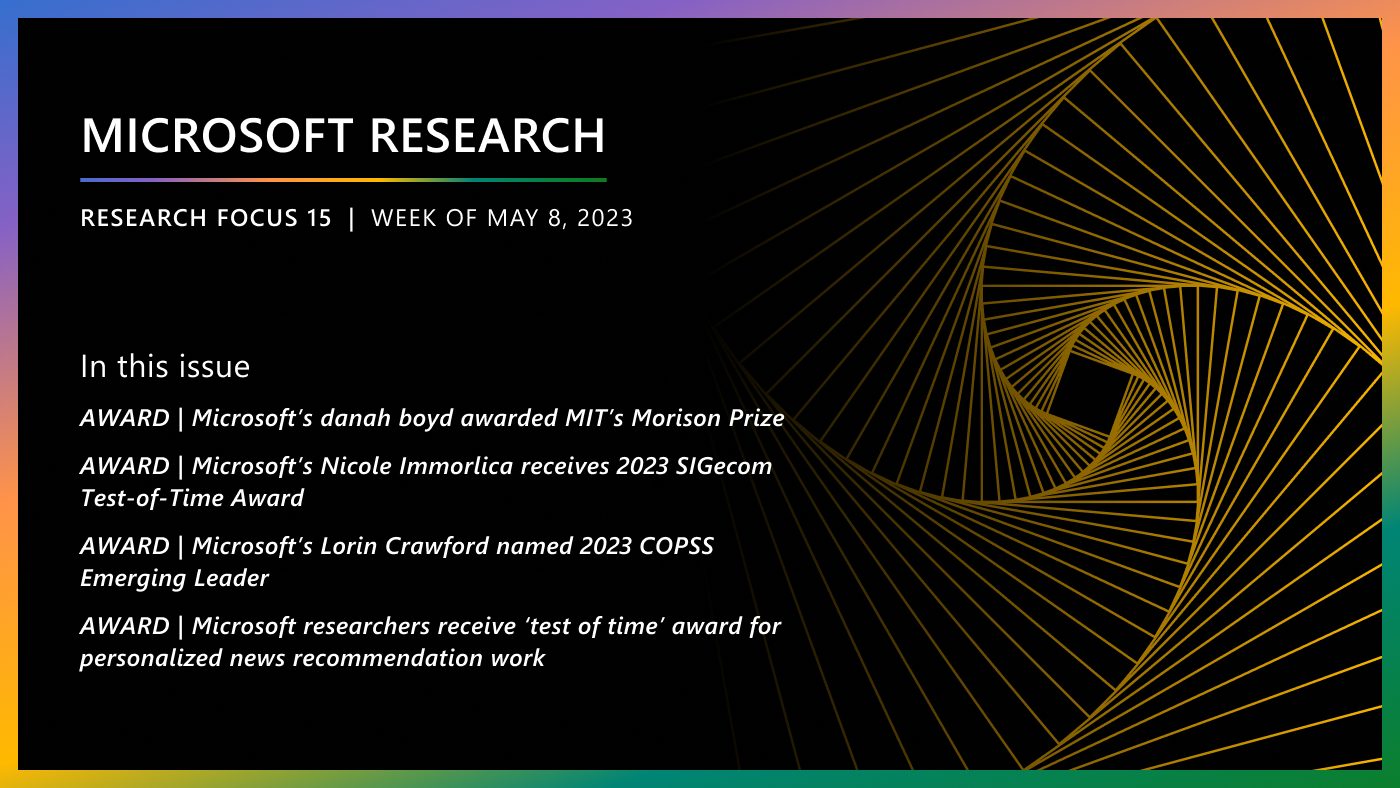Posted by
 (opens in new tab)When Jeannette Wing wrote what would prove to be a seminal paper on the topic of computational thinking, many of her colleagues were in the doldrums.
(opens in new tab)When Jeannette Wing wrote what would prove to be a seminal paper on the topic of computational thinking, many of her colleagues were in the doldrums.
It was the mid-2000s, the dot-com boom had recently busted and computer science professors were fretting that college students weren’t going to see any reason to take their classes.
Spotlight: AI-POWERED EXPERIENCE
It was time, Wing decided, to remind the world that computer science is about more than writing code.
In a concise, reader-friendly paper (opens in new tab), she spelled out how computer science should be thought of as a way of tackling and solving problems in any field or circumstance. Computational thinking, she wrote, can be used for everything from understanding economic decision-making to figuring out which grocery store line will be shortest.
“We have so much to offer just in the way we think,” Wing, a Microsoft corporate vice president (opens in new tab) overseeing the company’s core research labs, said recently.
Wing hoped the paper would help spread the joy and excitement of computer science. In the end, it did much, much more than lift the spirits of demoralized computer scientists.
Almost a decade later, computational thinking is regularly being used as a framework for solving problems in all sorts of fields, from digital journalism (opens in new tab) to computational biology (opens in new tab), and it’s being incorporated into educational curriculum at all levels.
On Saturday, Wing will receive the Association for Computing Machinery’s distinguished service award (opens in new tab), recognizing her as “a leader who has transformed the way the world views computing.”
Wing said she has been thrilled to see computational thinking being applied to so many complex problems, but she’s most excited to see K-12 educators incorporate computational thinking into their curricula. That’s a sea change she thought could take decades.
“I literally said, ‘It’s not going to happen in my lifetime,'” Wing said.
While at the National Science Foundation, Wing was instrumental in helping the College Board develop an advanced placement test (opens in new tab) to focus more broadly on computational thinking, instead of just on the latest computer programming language. High school courses modeled after the test (opens in new tab) are now being introduced across the country.
Wing also has been excited to see computer science curriculum that incorporates computational thinking being introduced at an even younger age.
In the United States, that’s happening through organizations such as code.org (opens in new tab), which are offering curriculum that include computational thinking.
In the United Kingdom, computer science that equips pupils to use computational thinking has become a required part of the curriculum (opens in new tab).
Wing is optimistic about the future, in part because she sees so many kids getting exposed to technology, gadgets and even programming at a young age.
“Technology has advanced to the point that little kids can program, and are exposed to and familiar with these concepts,” she said. “There’s a whole new generation that is open-minded and curious about computer science.”
In fact, last week Microsoft announced that it had donated $10 million (opens in new tab) to the University of Washington, to kickstart an effort to building a second Computer Science & Engineering building. UW professors say they need the new building because they don’t have room to accommodate all the students who want to study computer science.
As for those naysayers who worried that computer science departments were going to become irrelevant? Wing notes that the number of students getting computer science degrees has risen (opens in new tab) sharply in recent years, and every other department on campus is sending its students to take computer science courses as well.
“I rest my case,” she said with a laugh.
Computer Science Prize
In addition to Wing, the Association for Computing Machinery will honor several other Microsoft researchers at its banquet Saturday in San Francisco, and this week the group also announced a major new award funded by two well-known Microsoft technical luminaries.
The ACM/CSTA Cutler-Bell Prize in High School Computing (opens in new tab) will award $10,000 each to four high school seniors each year, plus the cost of travel to a reception where students will demonstrate their programs and discuss their work.
This new award is being funded by a $1 million endowment established by David Cutler (opens in new tab), a senior technical fellow at Microsoft, and Gordon Bell (opens in new tab), a researcher emeritus with Microsoft Research. Cutler is one of the key technical minds behind the Windows operating system (opens in new tab), and Bell, who led the development of Digital Equipment Corp.’s VAX (opens in new tab) minicomputers, has been a Microsoft researcher for 20 years.
The award was announced this week (opens in new tab) by the Association for Computing Machinery and the Computer Science Teachers Association. High school students can apply (opens in new tab) for the award beginning in August, and the reception will be held next February.
Software System Award
The Mach operating system is receiving the prestigious ACM Software System Award (opens in new tab), recognizing a software system that has a lasting influence on the computing landscape. The system’s development was led by Rick Rashid (opens in new tab), who founded Microsoft Research in 1991 and oversaw its operations until 2013, and Avie Tevanian (opens in new tab), a managing director at Elevation Partners. The researchers developed Mach in the 1980s while at Carnegie Mellon University. The Mach kernel became the basis for many operating systems, including Apple Inc.’s iOS and OS X.
ACM Fellows
Four Microsoft researchers are among the 47 members it named as 2014 ACM Fellows (opens in new tab). The fellows are recognized for their innovations in computing and contributions to computing technologies. The Microsoft recipients are:
Eric Horvitz (opens in new tab), a distinguished scientist and managing director of Microsoft’s Redmond lab, for contributions to artificial intelligence and human-computer interaction.
Leslie Lamport (opens in new tab), a Microsoft principal researcher, for contributions to the theory and practice of distributed and concurrent systems.
Johannes Gehrke (opens in new tab), a distinguished engineer at Microsoft and a professor at Cornell University, for contributions to data mining and data stream query processing.
Yishay Mansour (opens in new tab), a Microsoft principal researcher and computer science professor at Tel Aviv University, for contributions to machine learning, algorithmic game theory, distributed computing and communication networks.
Also this week, Z3 (opens in new tab), a high-performance theorem prover developed at Microsoft Research, received ACM SIGPLAN’s Programming Languages Software Award (opens in new tab). Microsoft researchers Christoph Wintersteiger, Leonardo de Moura and Nikolaj Bjorner received the award (opens in new tab) at a conference in Portland, Ore.
Related:
- See all of this year’s ACM award winners (opens in new tab)
- Read Wing’s paper on computational thinking (opens in new tab)
- Listen to Wing talk about computational thinking (opens in new tab)
- Microsoft Research, Yonsei University develop computational thinking curriculum in Korea (opens in new tab)
Allison Linn is a senior writer at Microsoft Research. Follow Allison on Twitter (opens in new tab).





